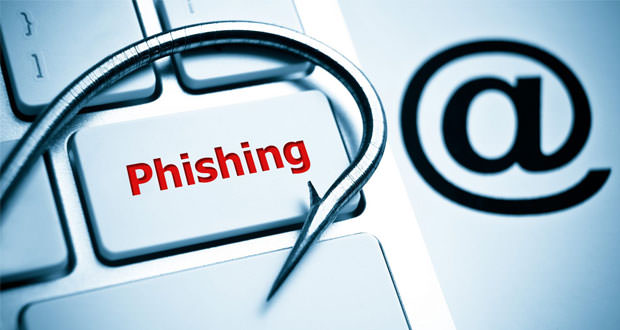How to report phishing emails
Phishing is an ever increasing phenomenon which, in addition to creating confusion and destabilization for the user, can generate serious damage and inconvenience, even from an economic point of view.
Before reporting a phishing email it is necessary to identify it and this operation is not always easy. In practice, you receive an e-mail in your e-mail inbox, generally from a bank or from the Post Office, which invite you to provide information or click on a link to regularize your position, under penalty of current account closure, withdrawal credit card or other similar ” threats “.
Selecting the link inside the text, a page opens, completely identical to the one from the financial institution, which is not the original one, just as the origin address of the e-mail is not original.
Performing the requested operation means handing over your sensitive data to a fraudulent organization, which can draw from the credit card or clone the credentials to access your bank account.
But there is a way to defend oneself against phishing, starting from a great attention to the emails that are opened, always checking the address, knowing that no bank and no post office will ever ask for your personal codes by e-mail.
It is important to report the suspected phishing e-mail: now let’s see how.
Phishing reporting via Google
If your e-mail address has Google’s domain, then the procedure is relatively simple. Gmail is already equipped with a filter that works very well and already raises the doubt that the message may not be authentic and suspect. An indication may appear that invites you to assess whether that message you received could be spam and eventually be given the opportunity to block the sender.
If you do not see the indication of Google, you can act with the manual procedure: in the layout via the Internet (so not with pre-set reading and mail management programs), next to the ” Reply ” arrow, there are ” 3 dots ” indicating ” Other “.
Clicking opens a drop-down menu with the possibility of reporting the phishing. Consider that once you move the e-mail message by dragging it to the spam folder, a copy of the text is automatically sent to Google to be analyzed and to intercept any sender.
Phishing reporting via Microsoft or other clients
Using reading programs such as Outlook, to report suspected phishing e-mails, simply select the message and right-click to then classify it as ” Junk Mail “. Next to this button, there is an arrow that allows phishing reporting. This procedure also applies to those who have a mailbox with Hotmail.
If instead you use other mail clients, the settings should show an e-mail address to send a precise copy of the suspect message. Some programs have very similar graphics to Outlook and reporting is allowed in the same way as described above.
There is also the possibility to report the e-mail as spam, by right-clicking once the suspect message is selected or by using the appropriate command usually located at the top of the screen. This applies to those who have e-mails like Yahoo, AOL or other similar ones.
Phishing reporting via the State Police website
Phishing is a crime punishable by law and the State Police is very active in combating this phenomenon, which is part of the actual fraud, as shown by a special section on the law enforcement website.
In addition to dispensing useful and interesting tips on how to defend yourself against phishing (but also from other online scams), you have the possibility to open a new page by clicking on the ” Report Online ” link, register on the portal and make your report regarding the email which you suspect, sending it to the police directly, so that it can carry out the necessary checks.
Furthermore, on the same page, there is the section dedicated to Online Services under the heading ” Collaborate “, suitable for accepting reports of online crime. Reporting phishing is a form of collaboration with the police and all companies they provide email services.
Phishing report through Paypal Customer Service
Paypal is becoming an important means of payment for making transactions via the Internet, indeed, it is perhaps the main payment tool used, for convenience and convenience of use. There are several reports of suspicious e-mails that lead back to a clone page Paypal.
The message usually invites you to connect to your personal profile to unlock the account, to remove a limitation or to give approval for a payment received. With certainty, it is possible to affirm that it is phishing, also because often the text reports an Italian language incorrectly grammatically and poorly translated.
In this case, to make the report, it is a good idea to send an e-mail to the Paypal Customer Service (not responding to the suspicious message), or contact him by phone and request information from the operator who answers. Contacts are available once you have entered your profile (type the address directly into the browser search string).
Note :
- Don’t respond to suspicious emails.
- Do not click the links in the suspicious e-mail message.
- Click on the sender even if apparently known, to verify the real mail address.
- If you are not sure, better make a phone call to your bank or post office to request information on any e-mail sent.

